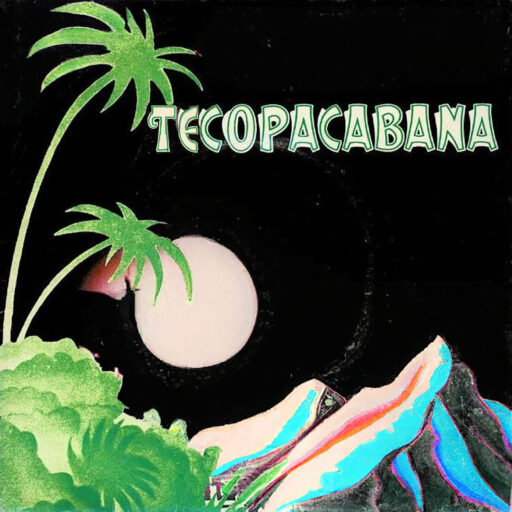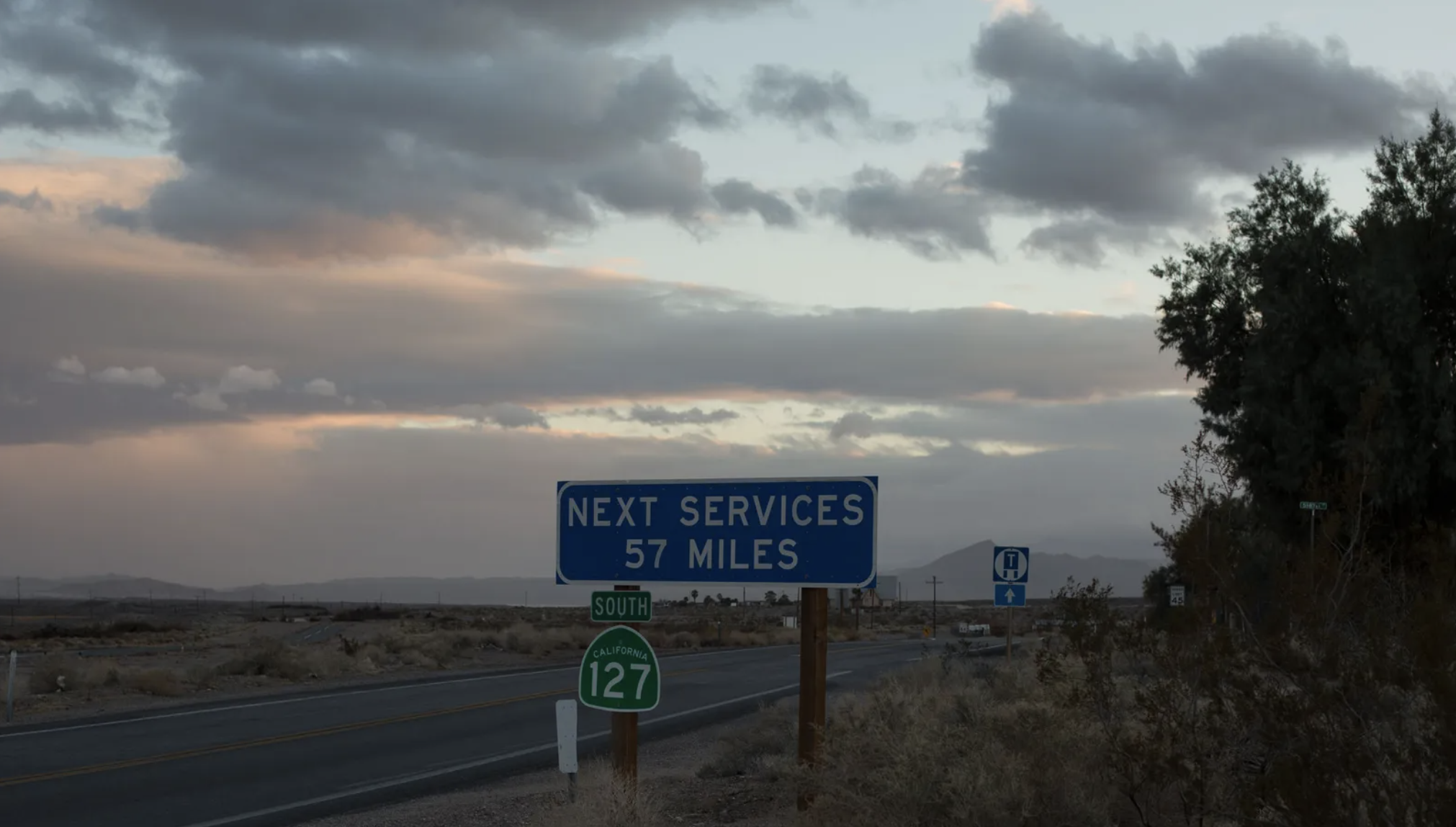The article titled “The Queen of the Desert” by Alex Ross, published on January 4, 2022, in The New Yorker, discusses Susan Sorrells and her transformative role in the small village of Shoshone, located in the Mojave Desert. Sorrells, the chief custodian of Shoshone, owns the village and surrounding land, dedicating her efforts to preserving the area’s ecological balance and promoting environmentally conscious tourism.
The article describes Shoshone as a seemingly ordinary town along California State Route 127, known for its modest population and desert surroundings. However, under Sorrells’ stewardship, Shoshone has become a hub for ecological research and conservation. The village is home to the Shoshone Education and Research Center and attracts scientists, biologists, and environmentalists working on projects such as the restoration of wetland habitats and the preservation of endangered species like the Amargosa vole and pupfish.
Susan Sorrells’ connection to Shoshone goes back to her grandfather, Charles Brown, a key figure in the town’s history. Brown played a crucial role in guiding Shoshone’s transition from a mining community to a desert tourism destination. Sorrells, influenced by her grandfather’s legacy, has taken on the responsibility of ensuring Shoshone’s sustainability and protecting its unique ecosystem.
The article explores Sorrells’ diverse background, including her experiences working for Senator Thomas Kuchel, serving in the Peace Corps, and obtaining a master’s degree in African studies. Despite her global experiences, family tragedies brought her back to Shoshone, where she assumed control of the village and initiated efforts to resist potential threats like a proposed nuclear-waste site.
Sorrells’ commitment to ecological preservation led to the restoration of wetland habitats and the reintroduction of endangered species. The article highlights the Vole Team, a group working on the conservation of the Amargosa vole, and the efforts to create a habitat conducive to the survival of these small rodents.
The narrative weaves together Sorrells’ personal history, the ecological projects in Shoshone, and her vision for the future, including the proposal for the Amargosa Basin National Monument. This designation would protect over one million acres of land, further solidifying Sorrells’ dedication to the intersection of civilization and wilderness in the Mojave Desert.
The article concludes by emphasizing Sorrells’ desire for people to appreciate the delicate balance between nature and human activity, echoing the philosophy of architects like Richard Neutra, who designed a house for Sorrells’ family in the 1950s. The piece paints a portrait of Sorrells as a guardian of Shoshone’s unique environment and an advocate for responsible, sustainable living in harmony with nature.


Leave a Reply